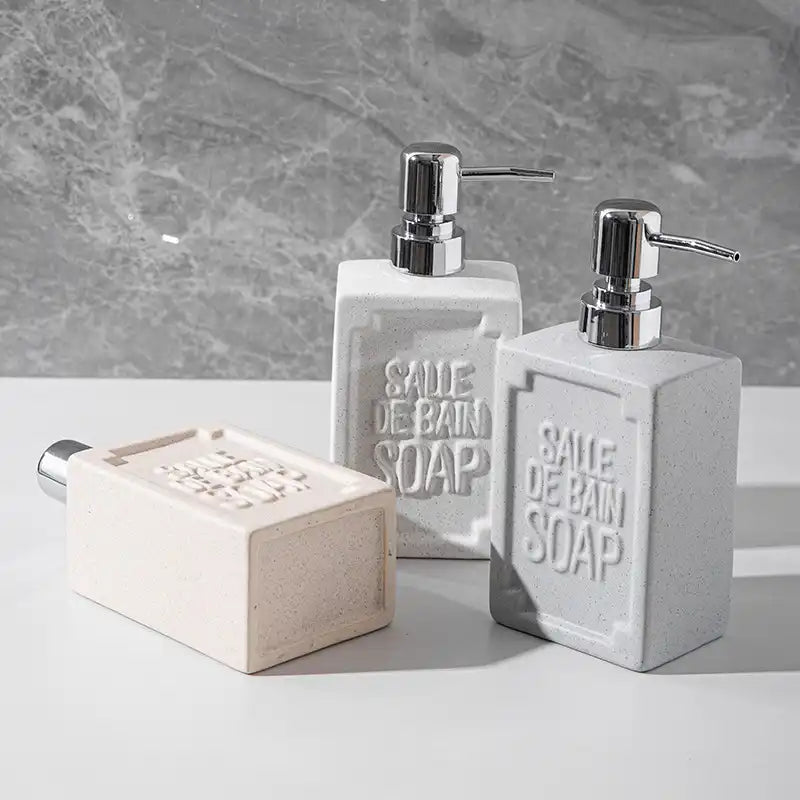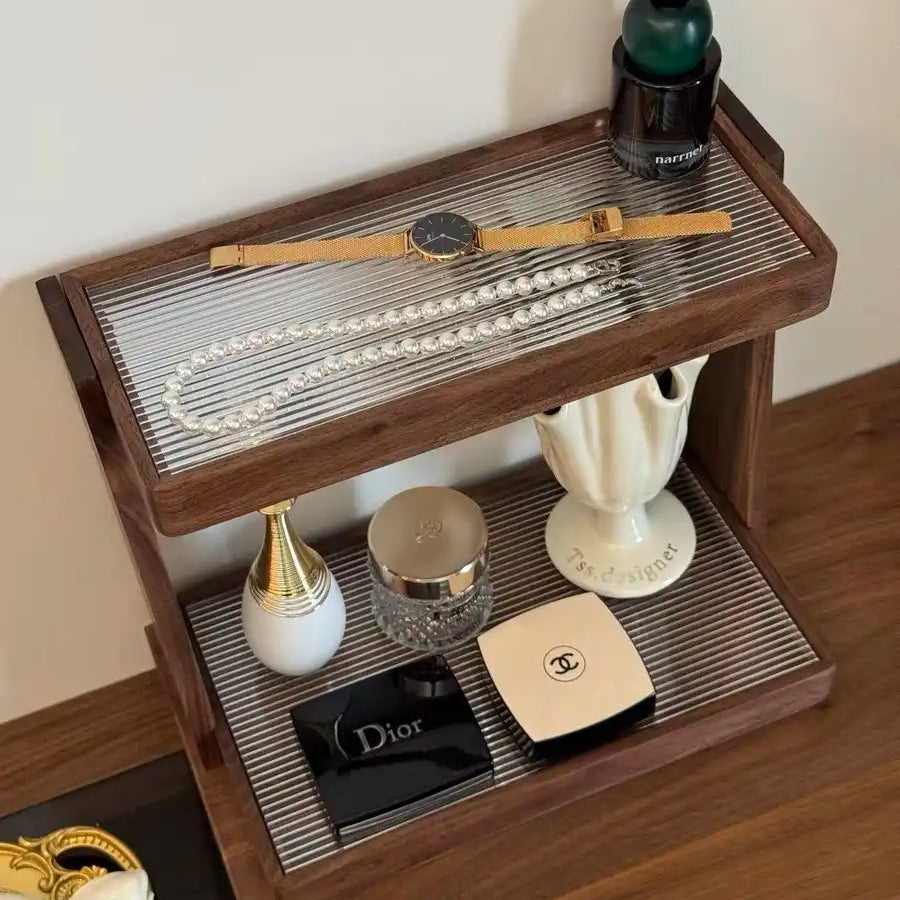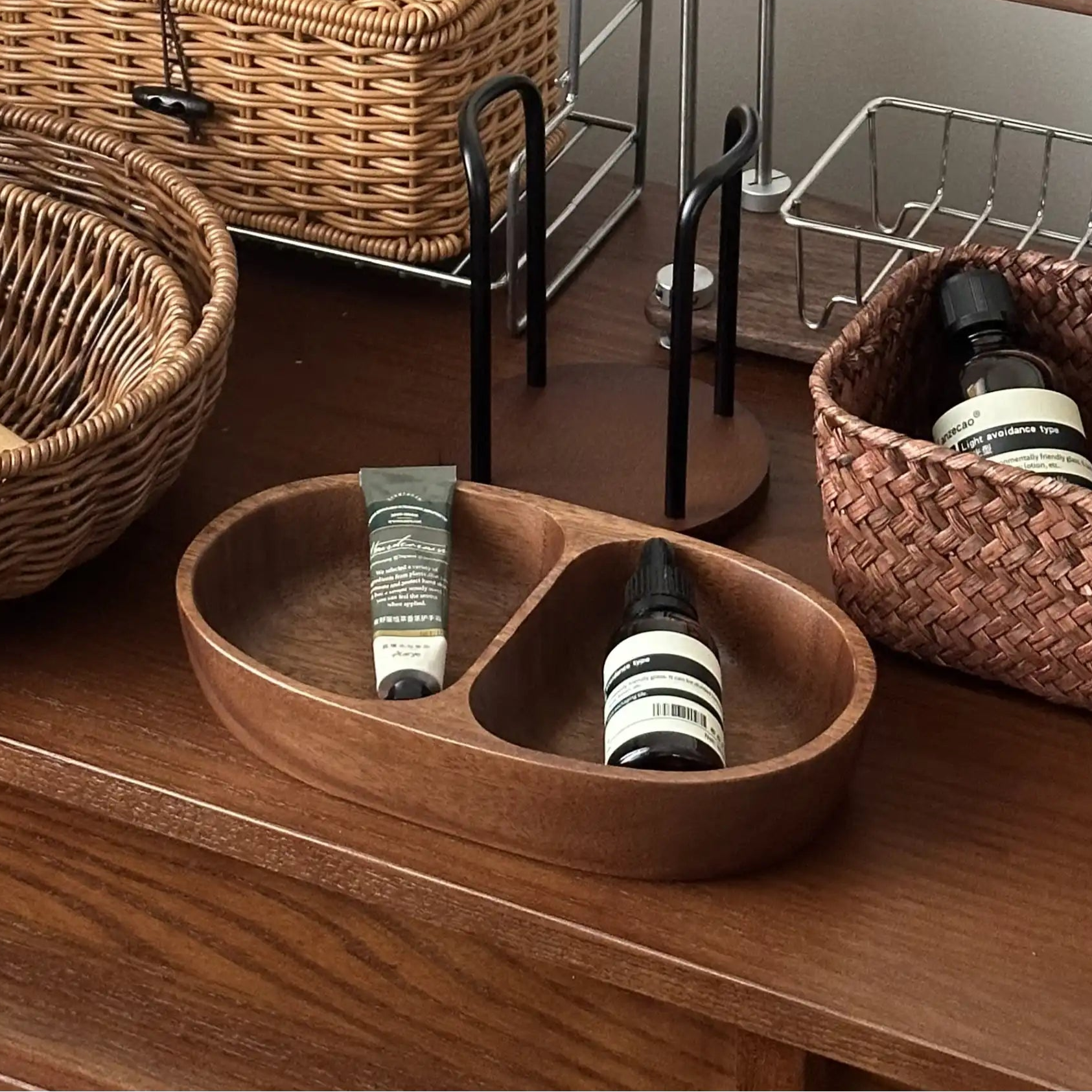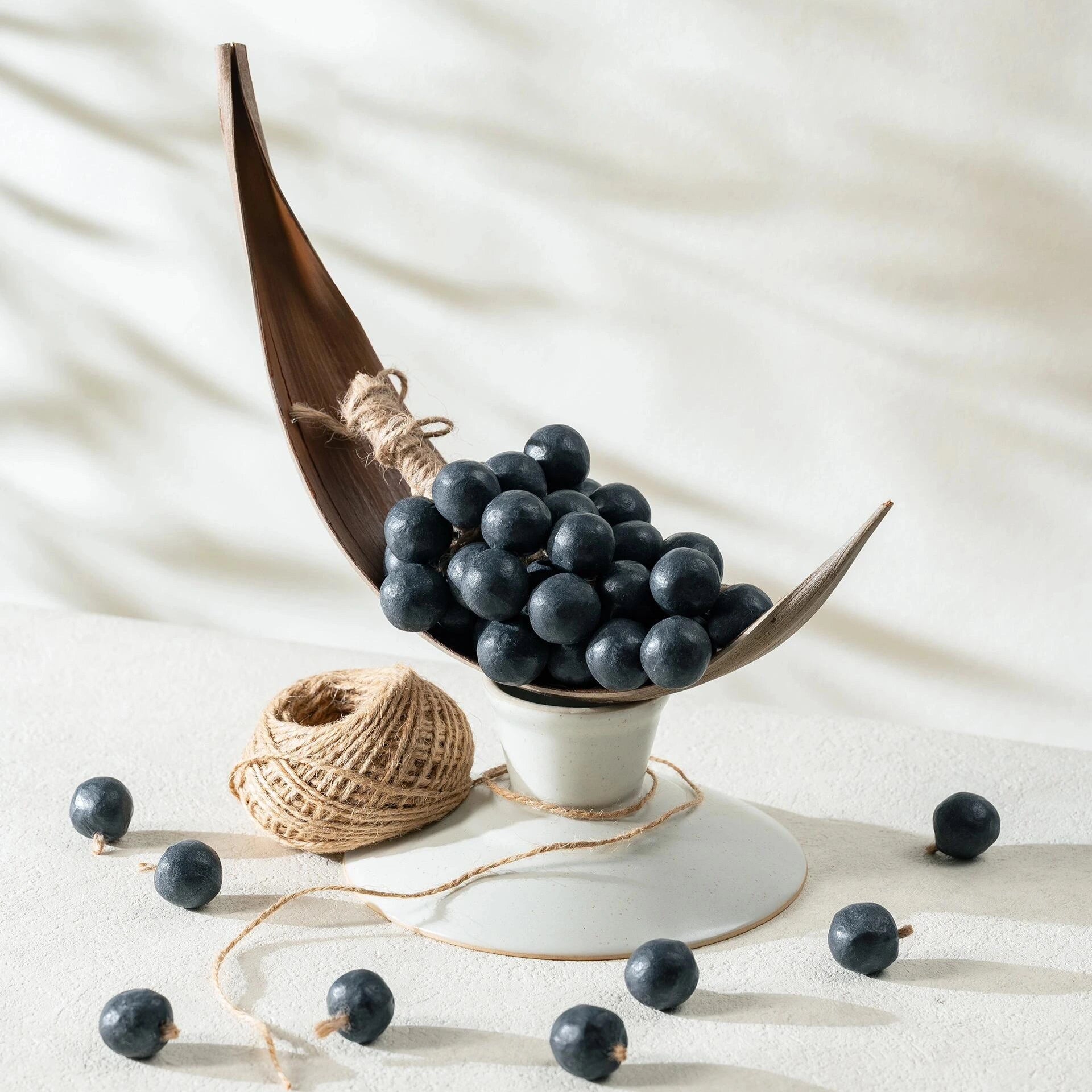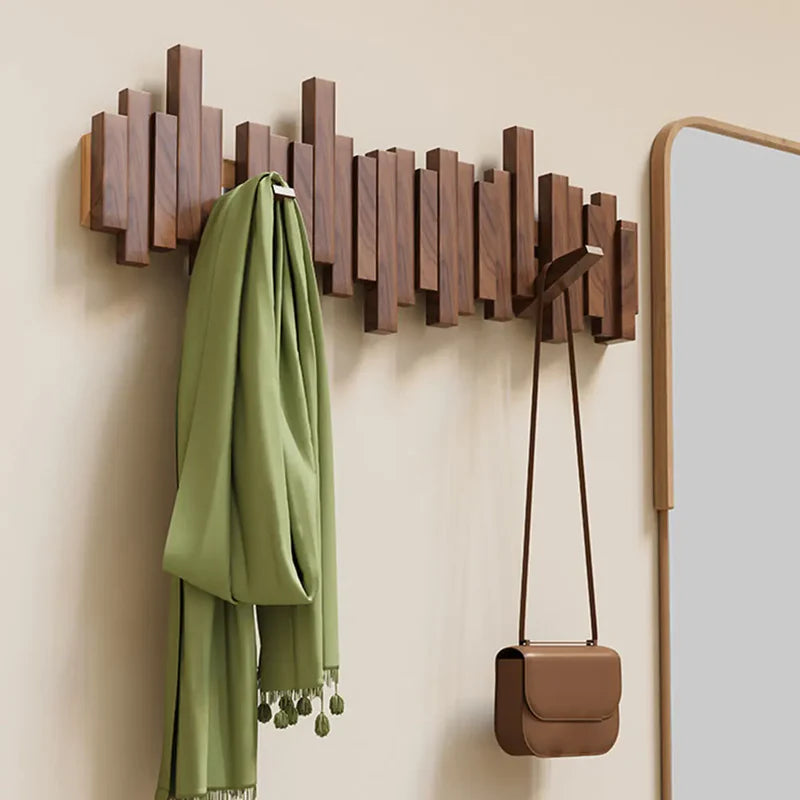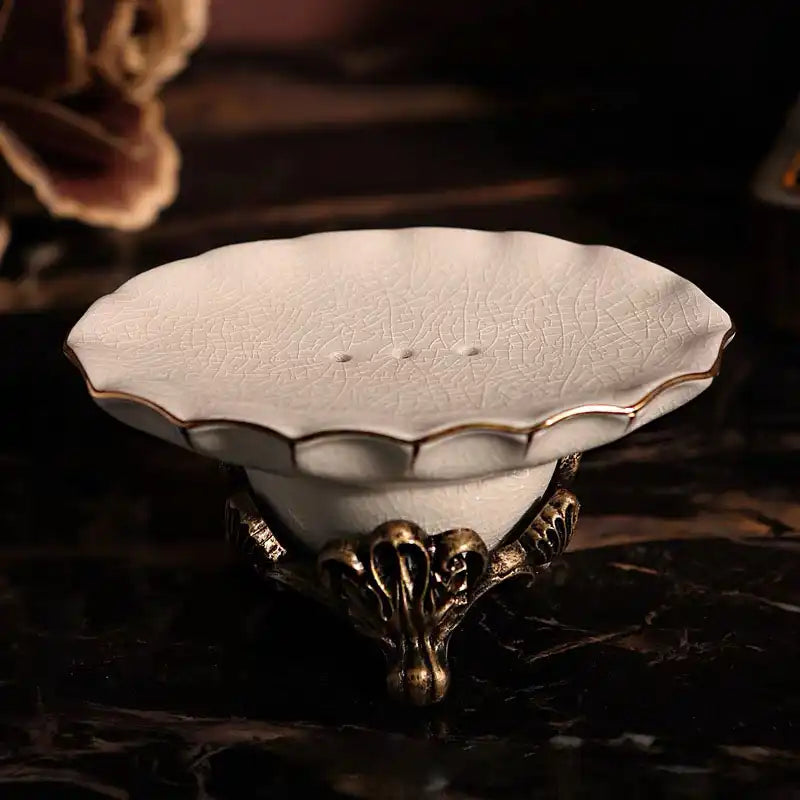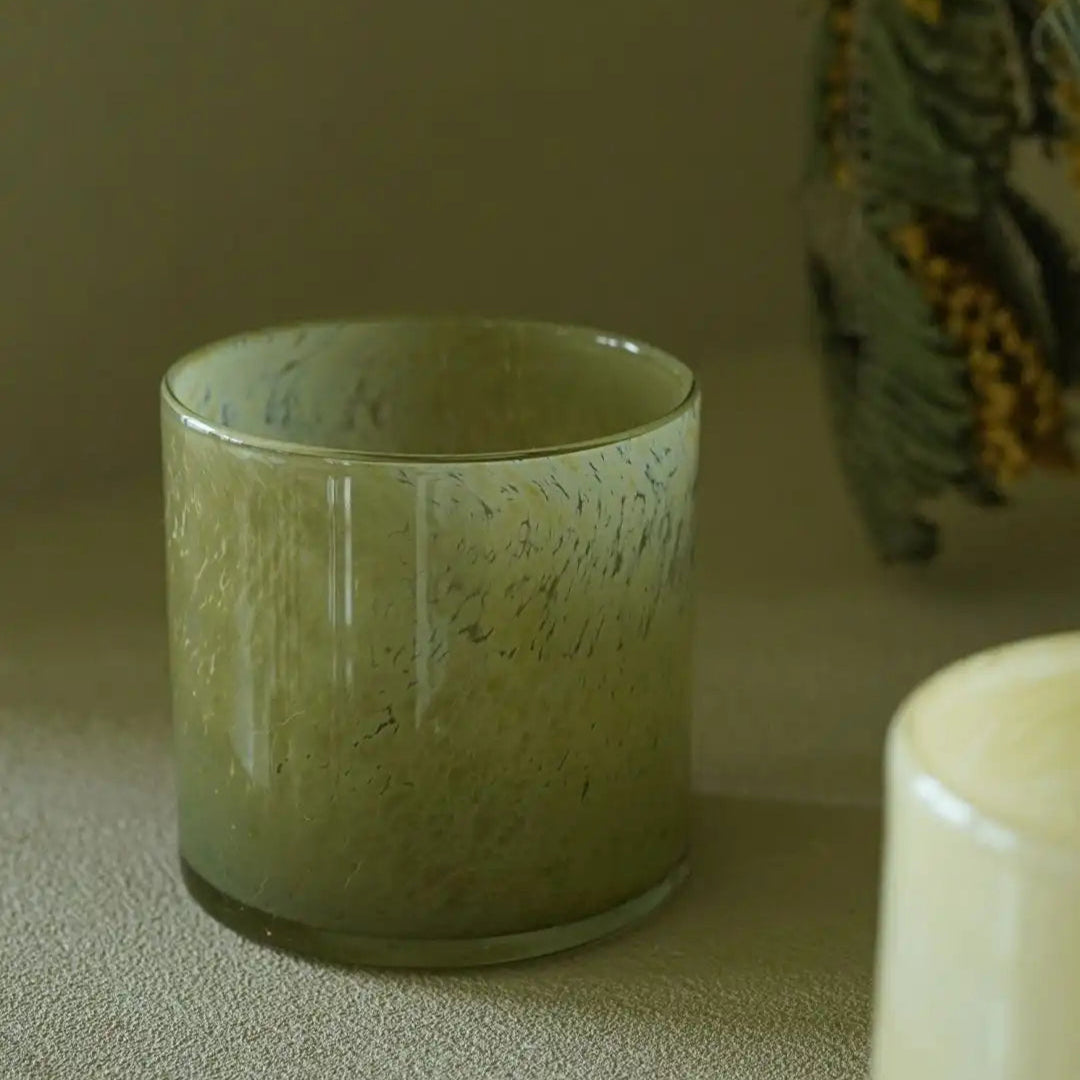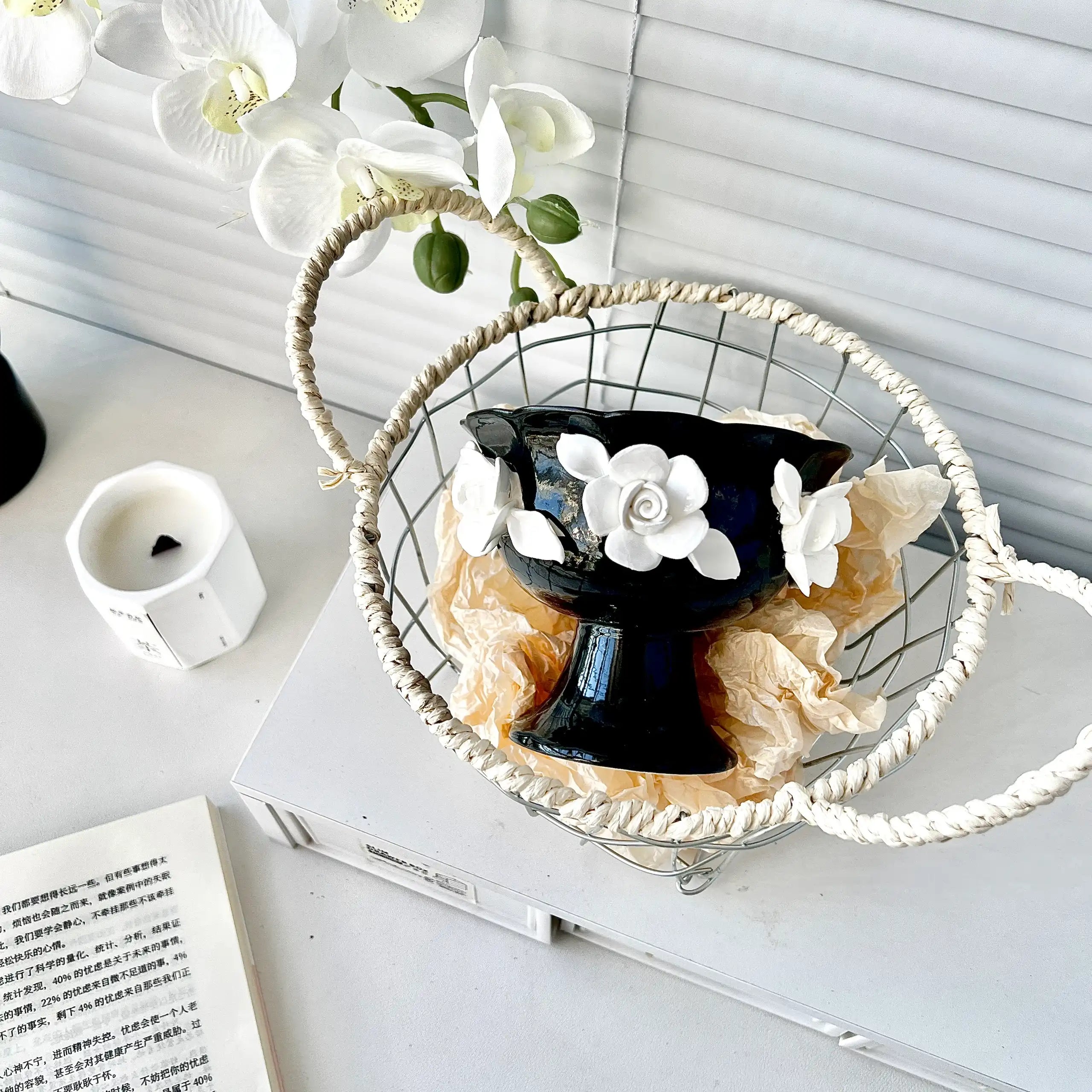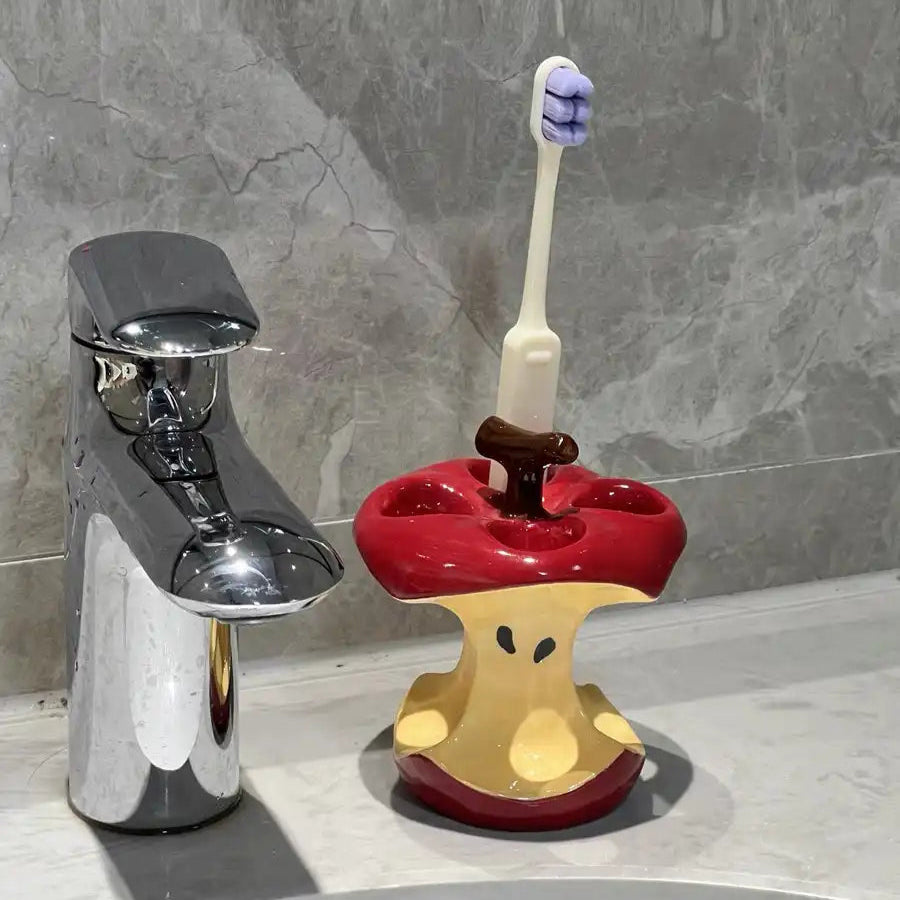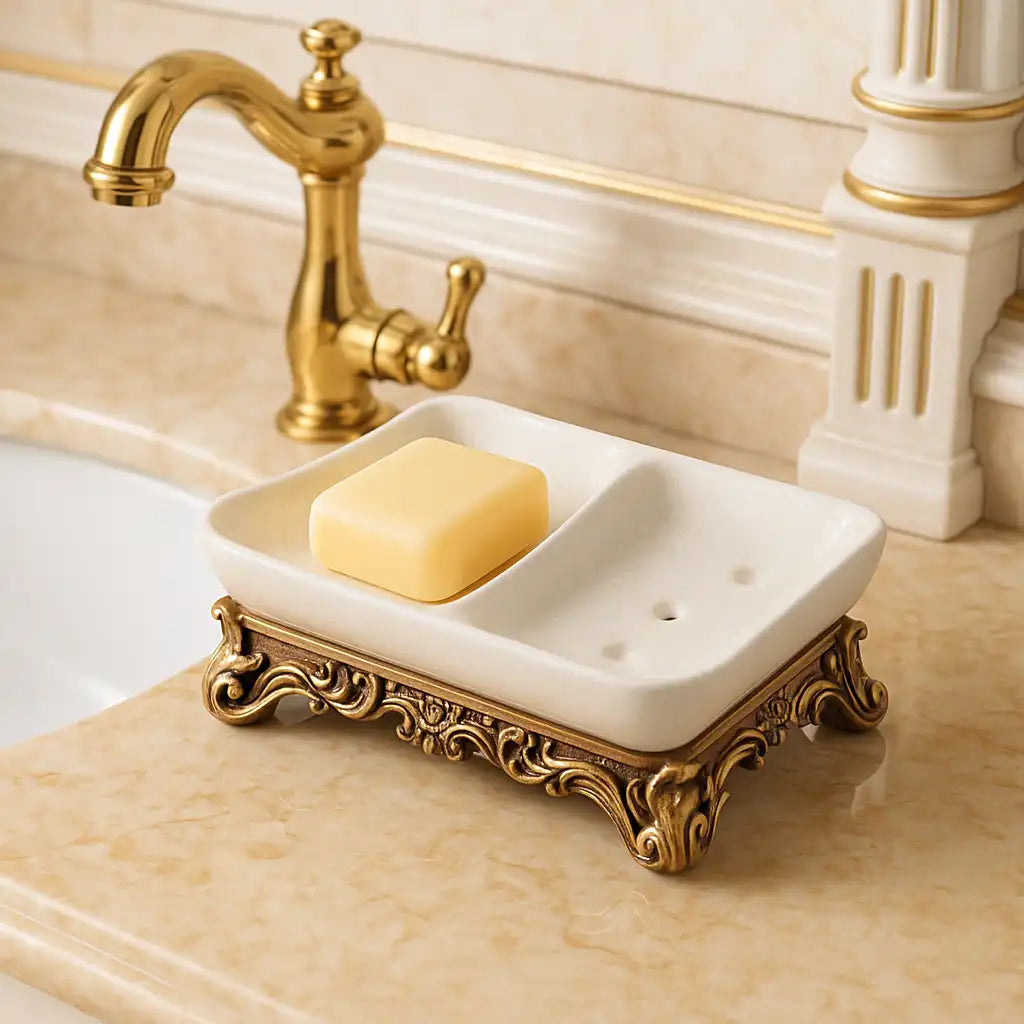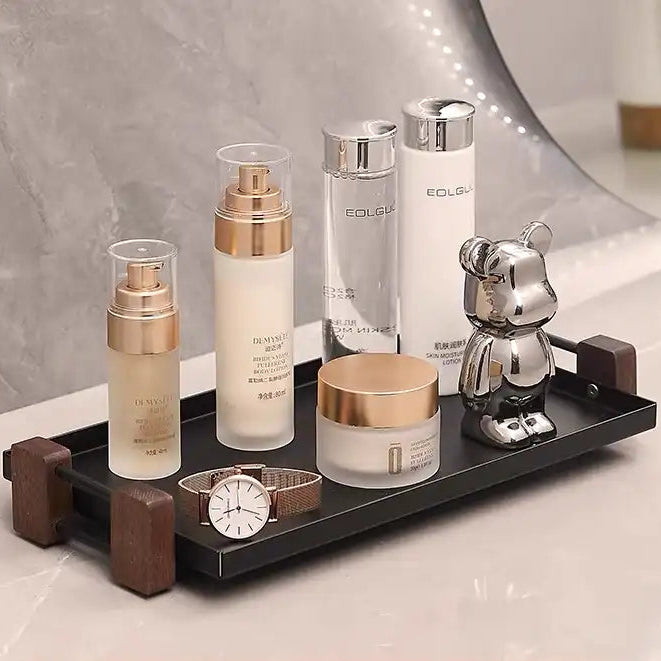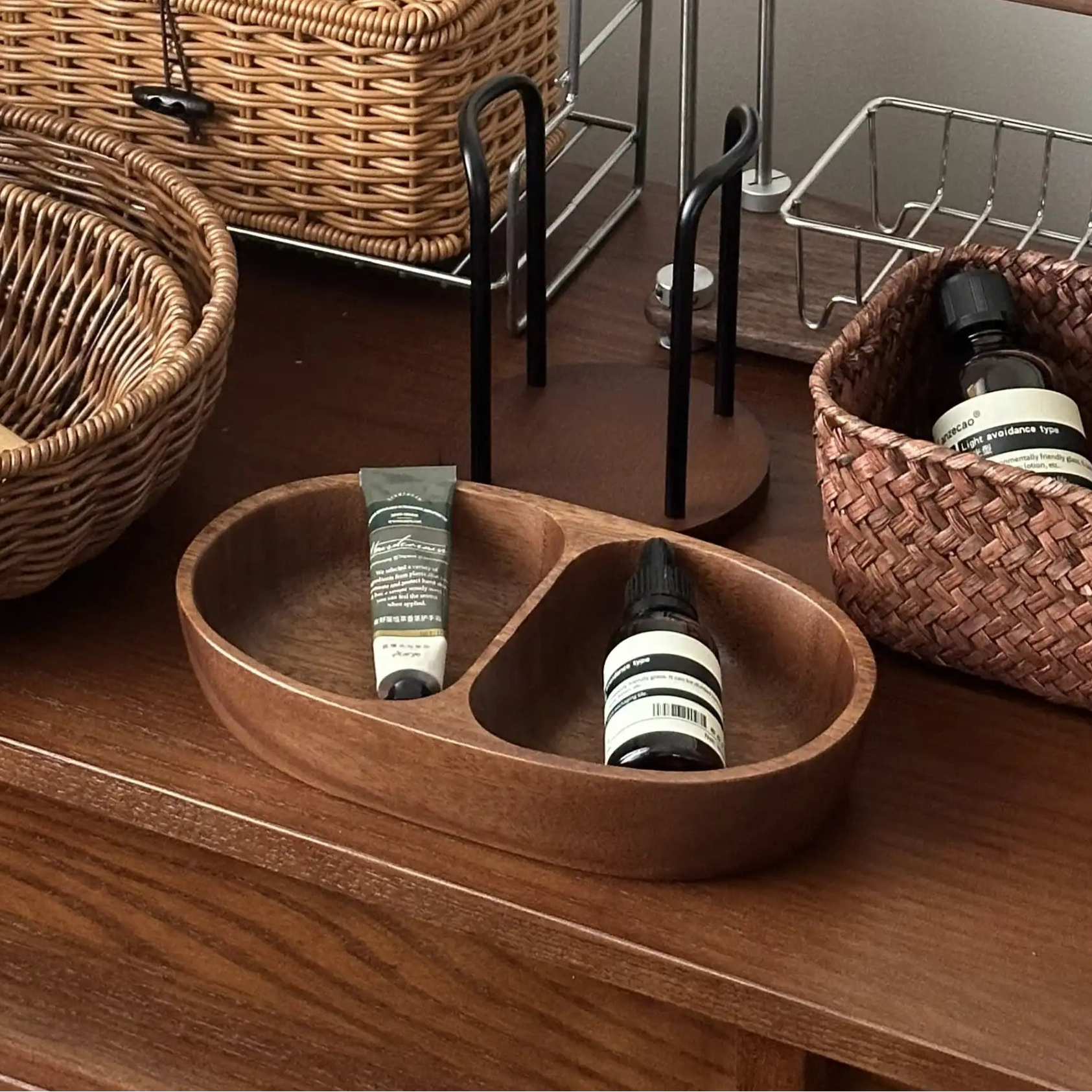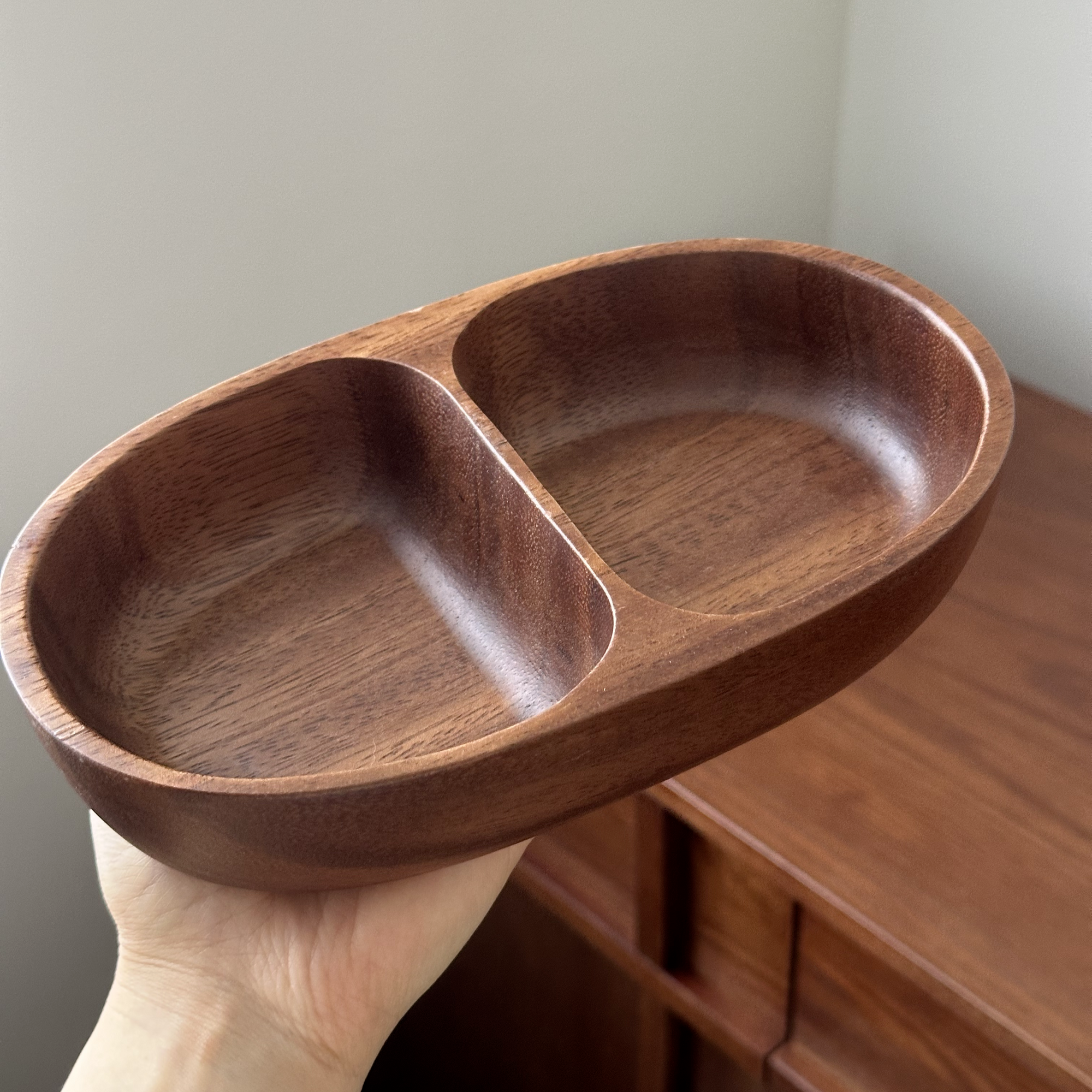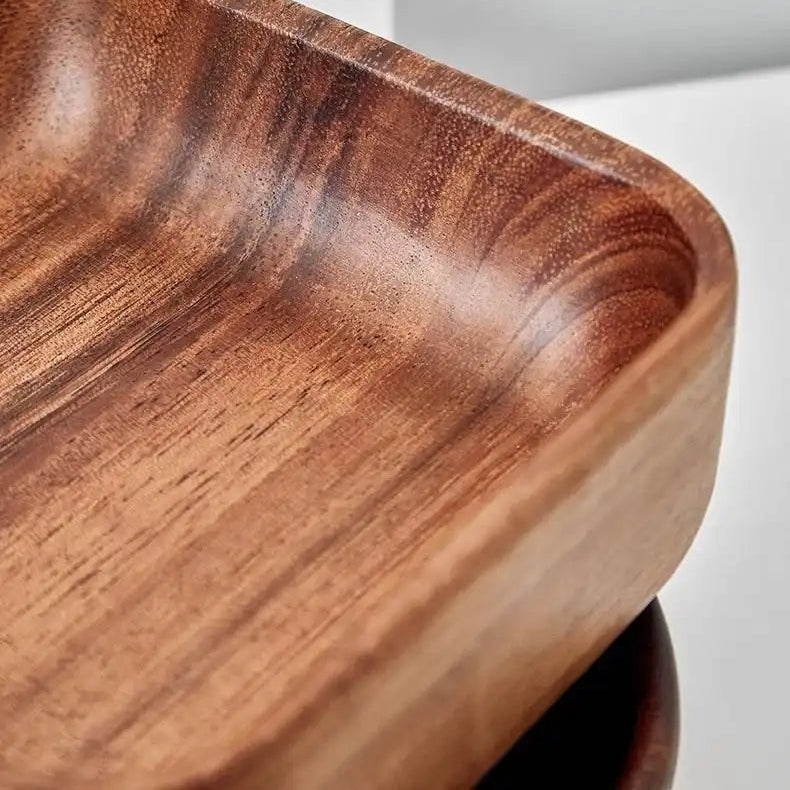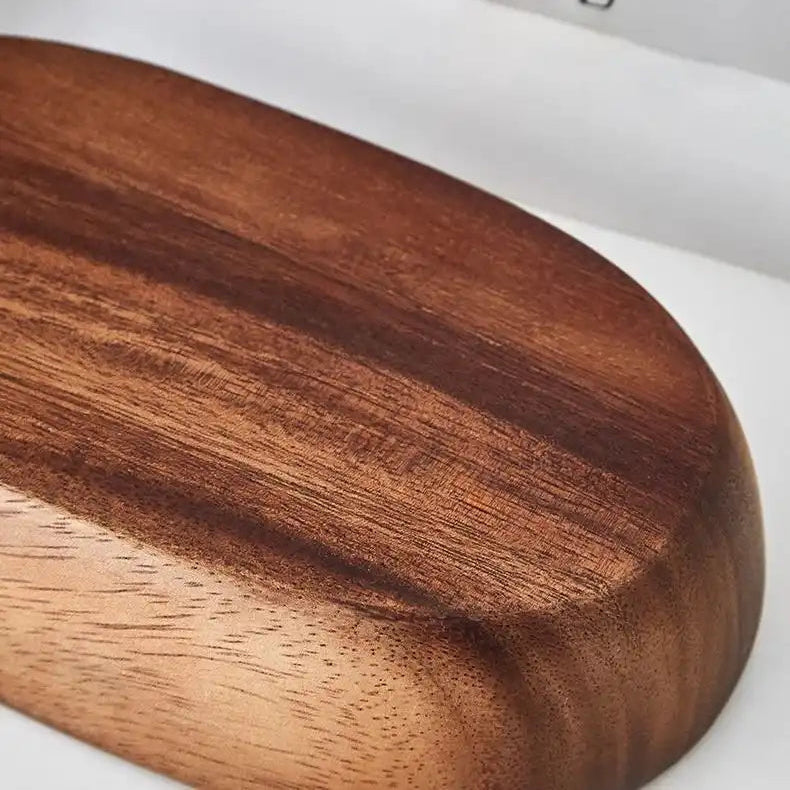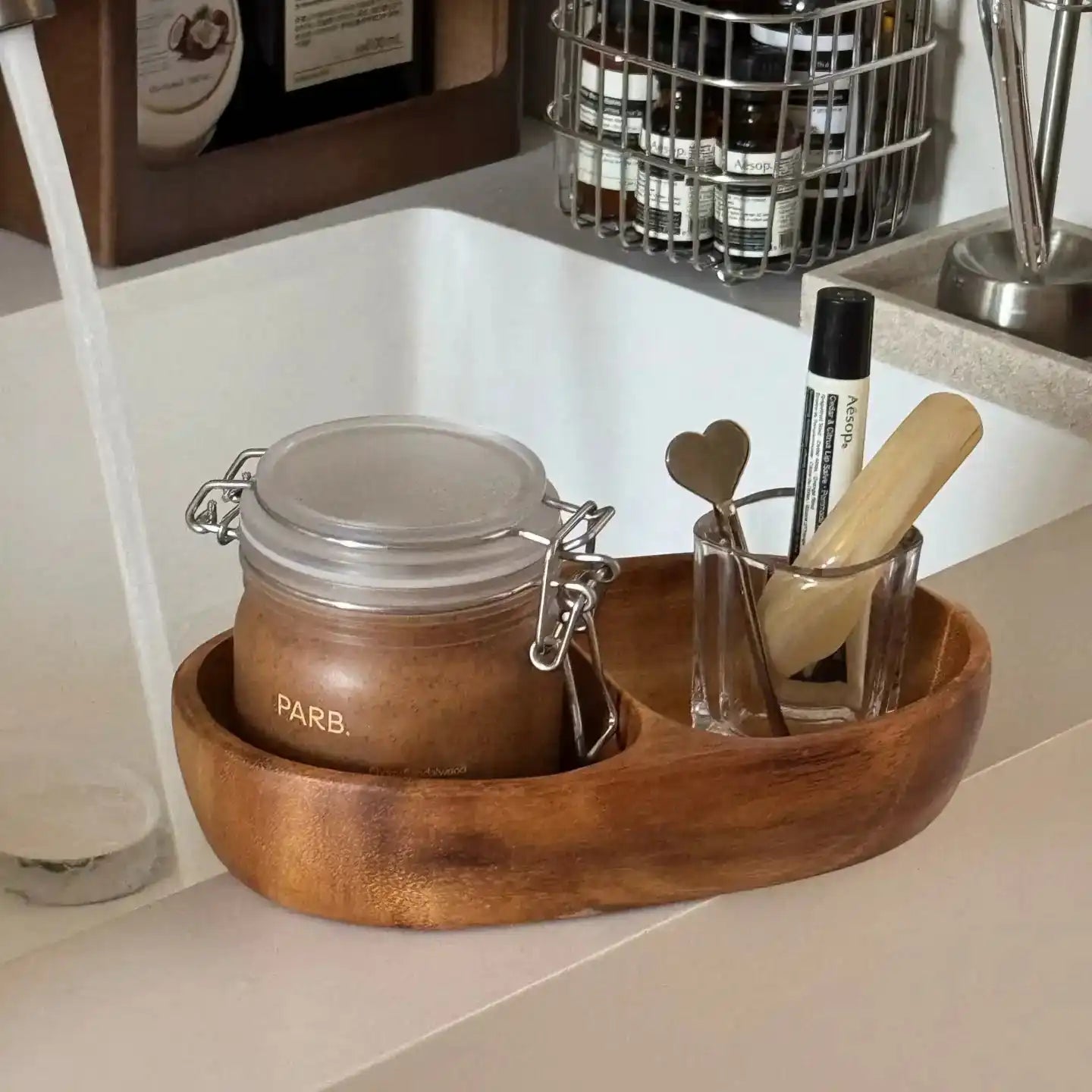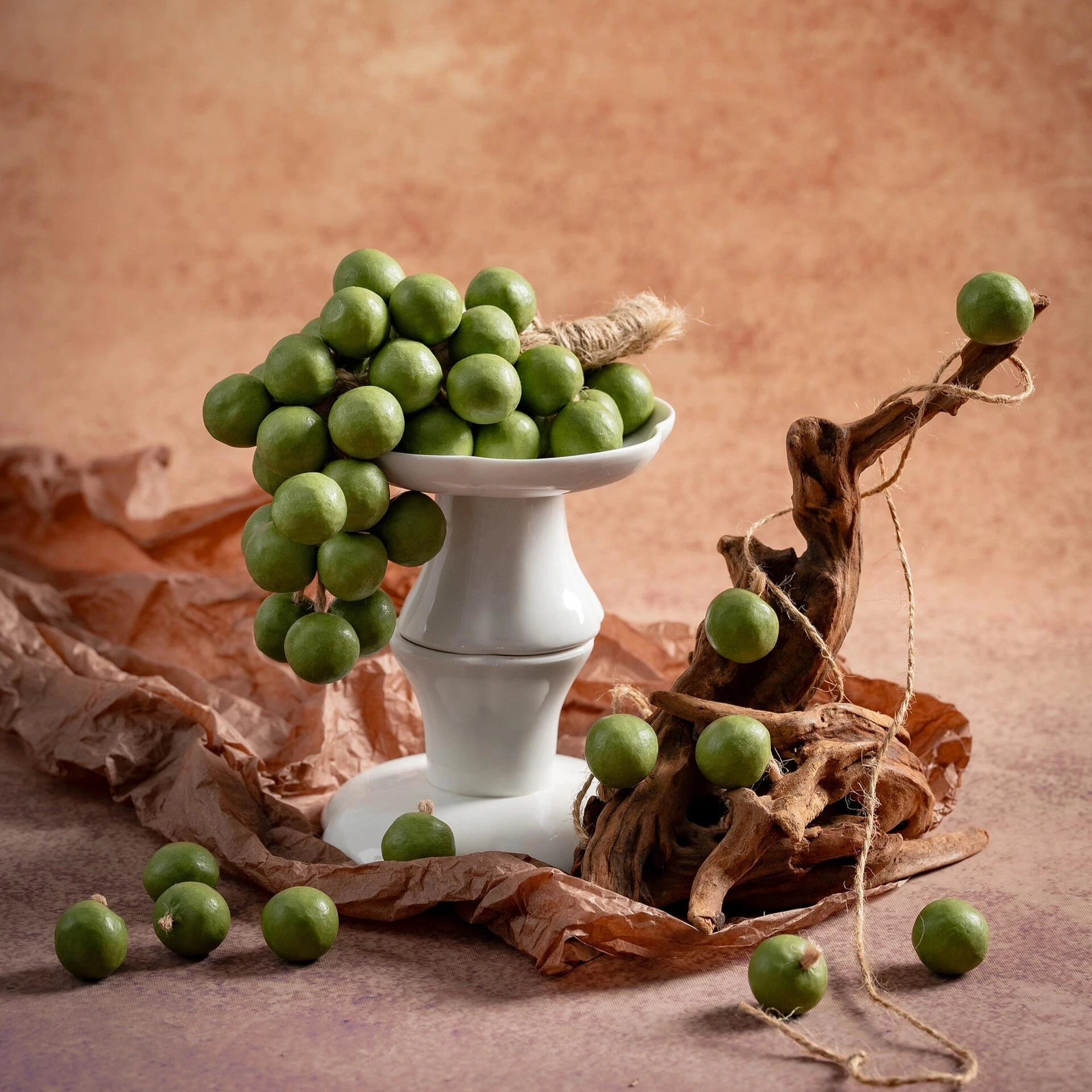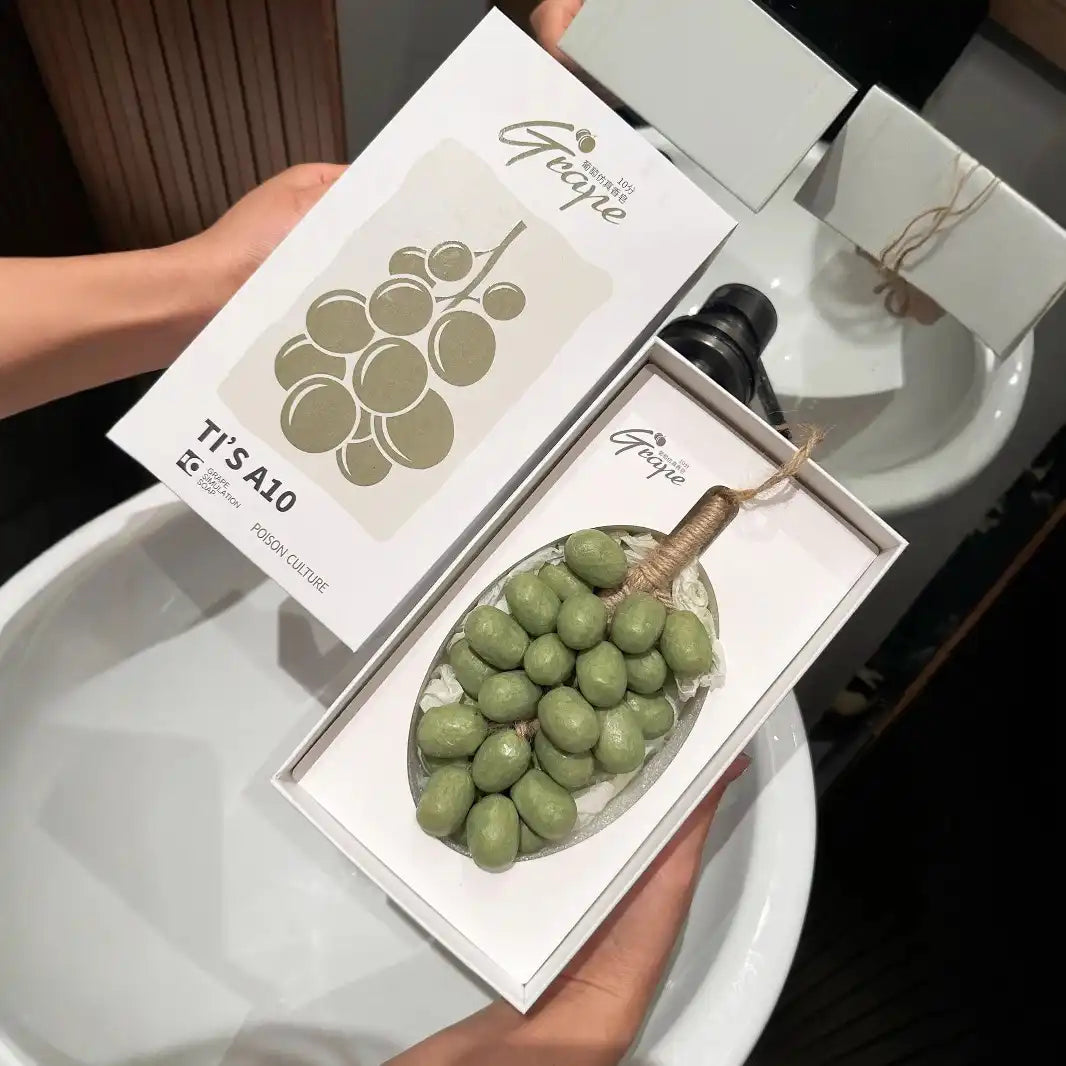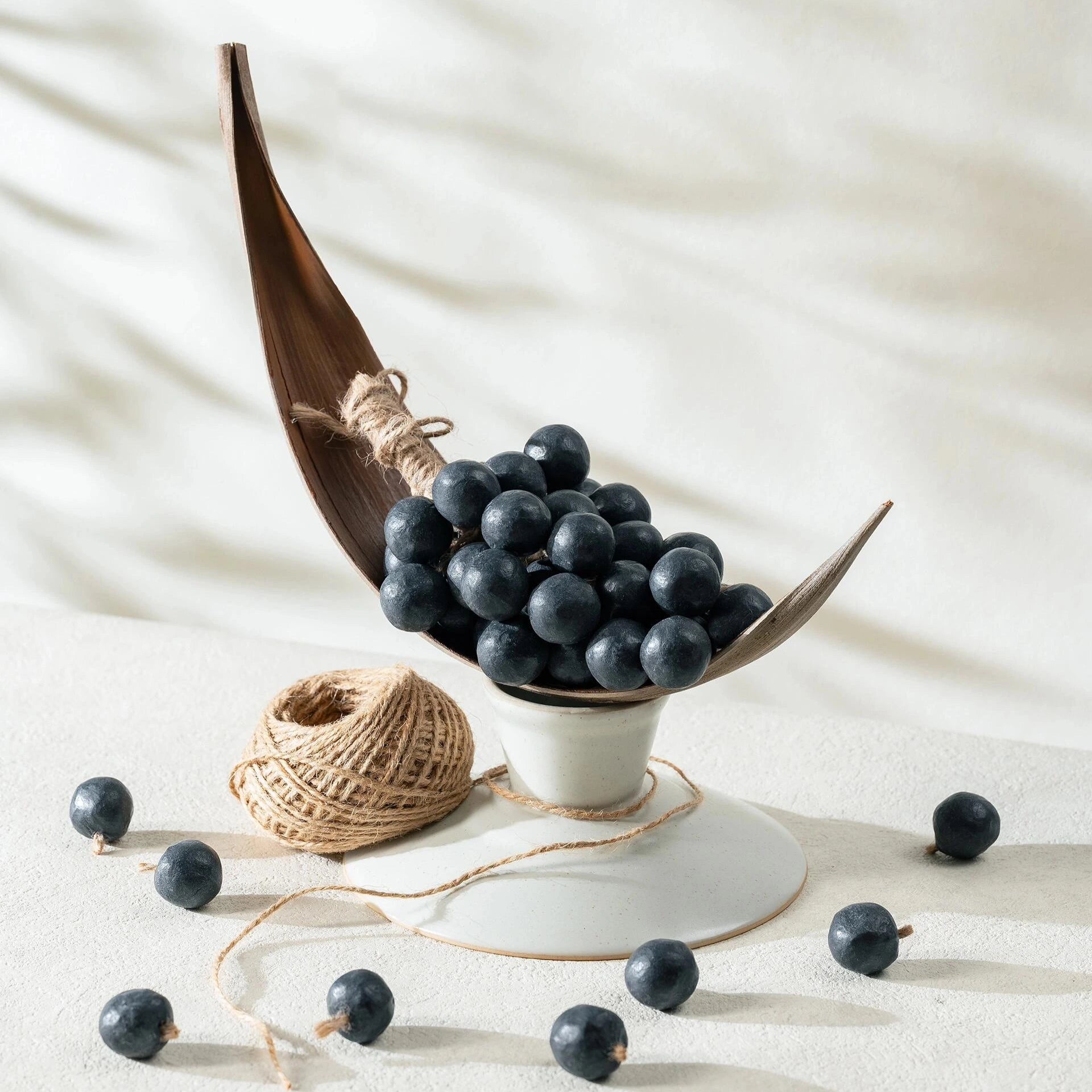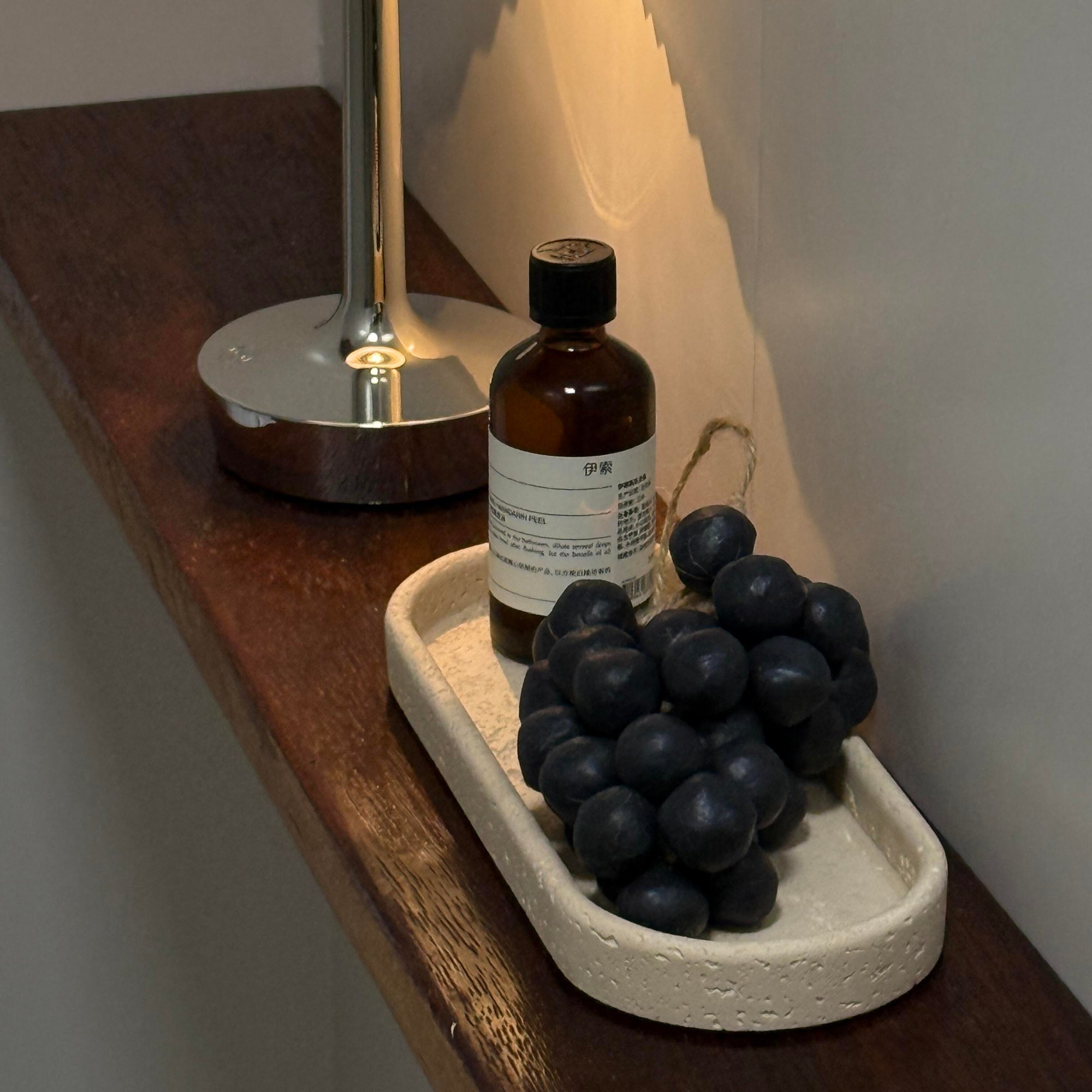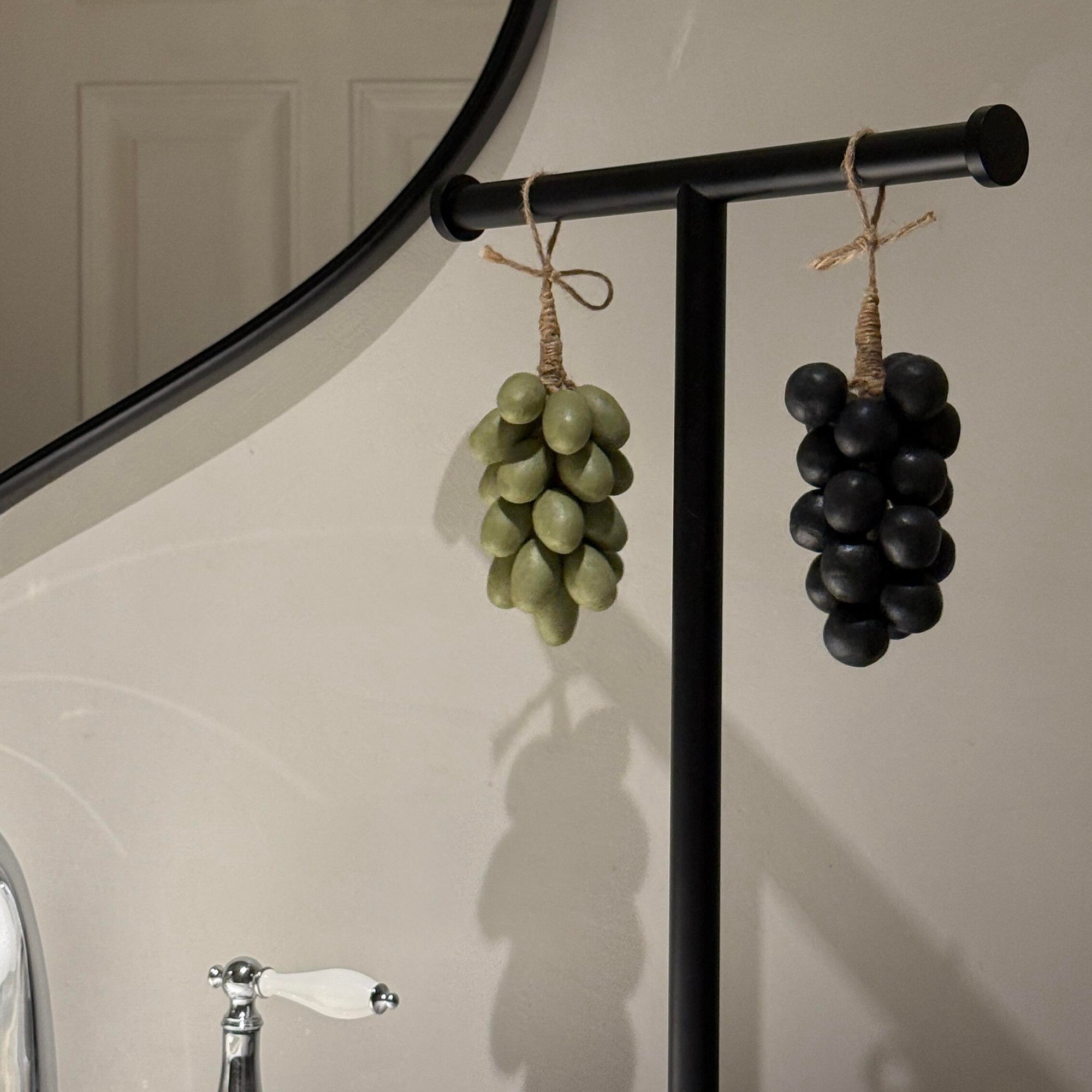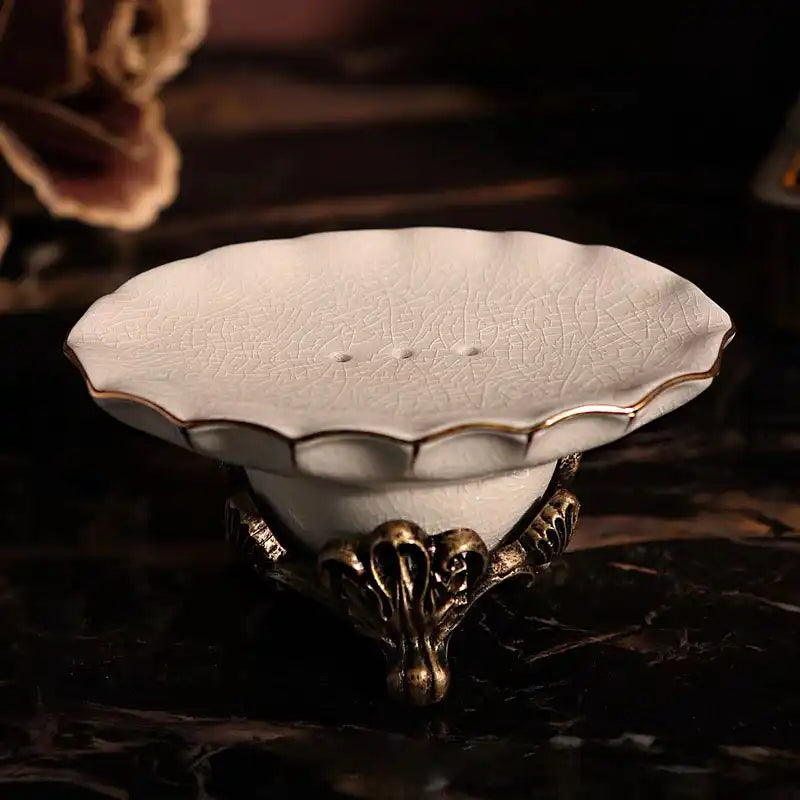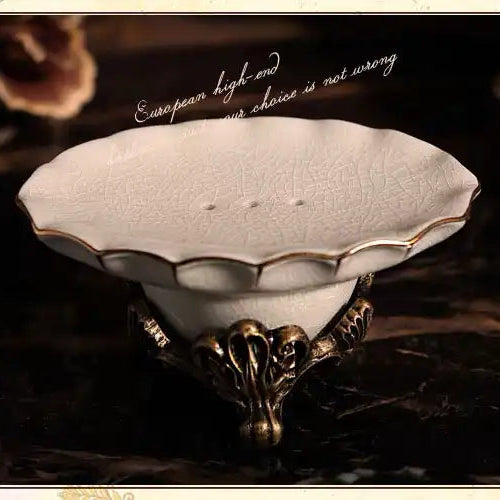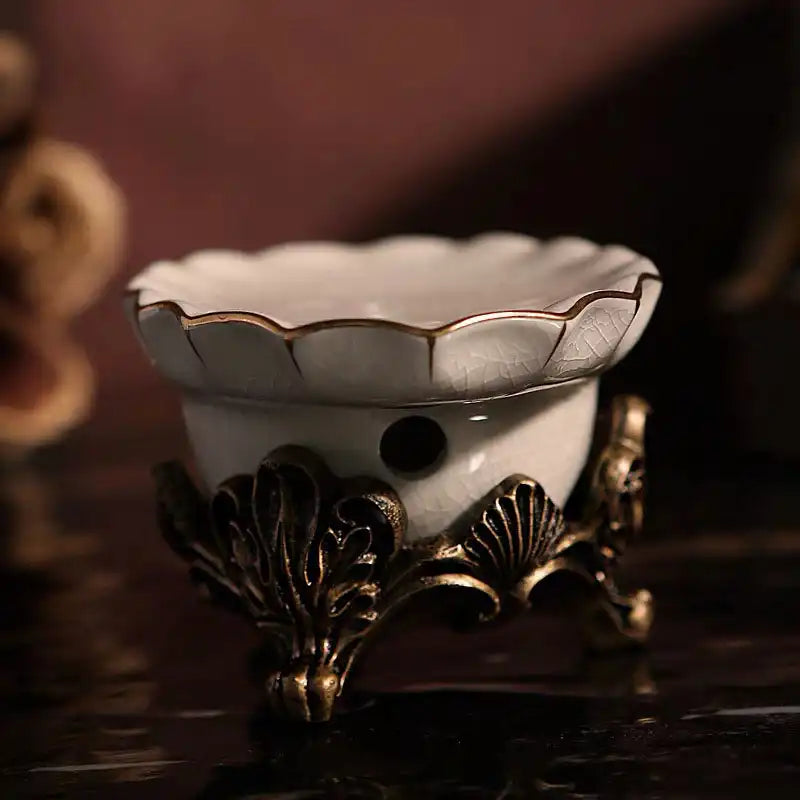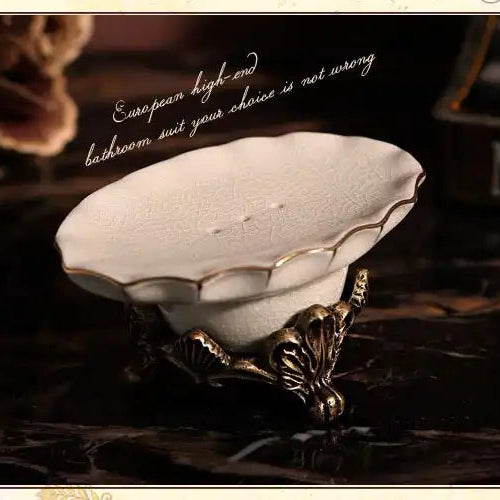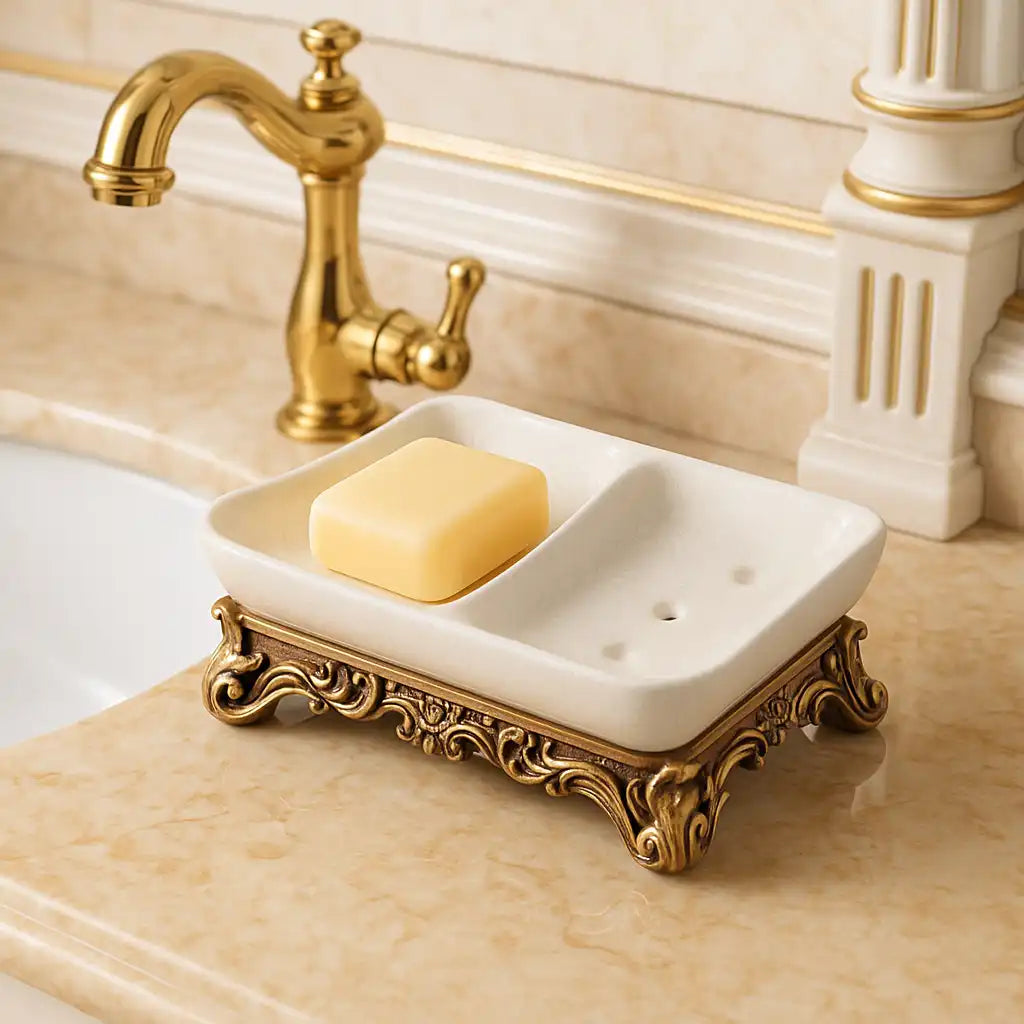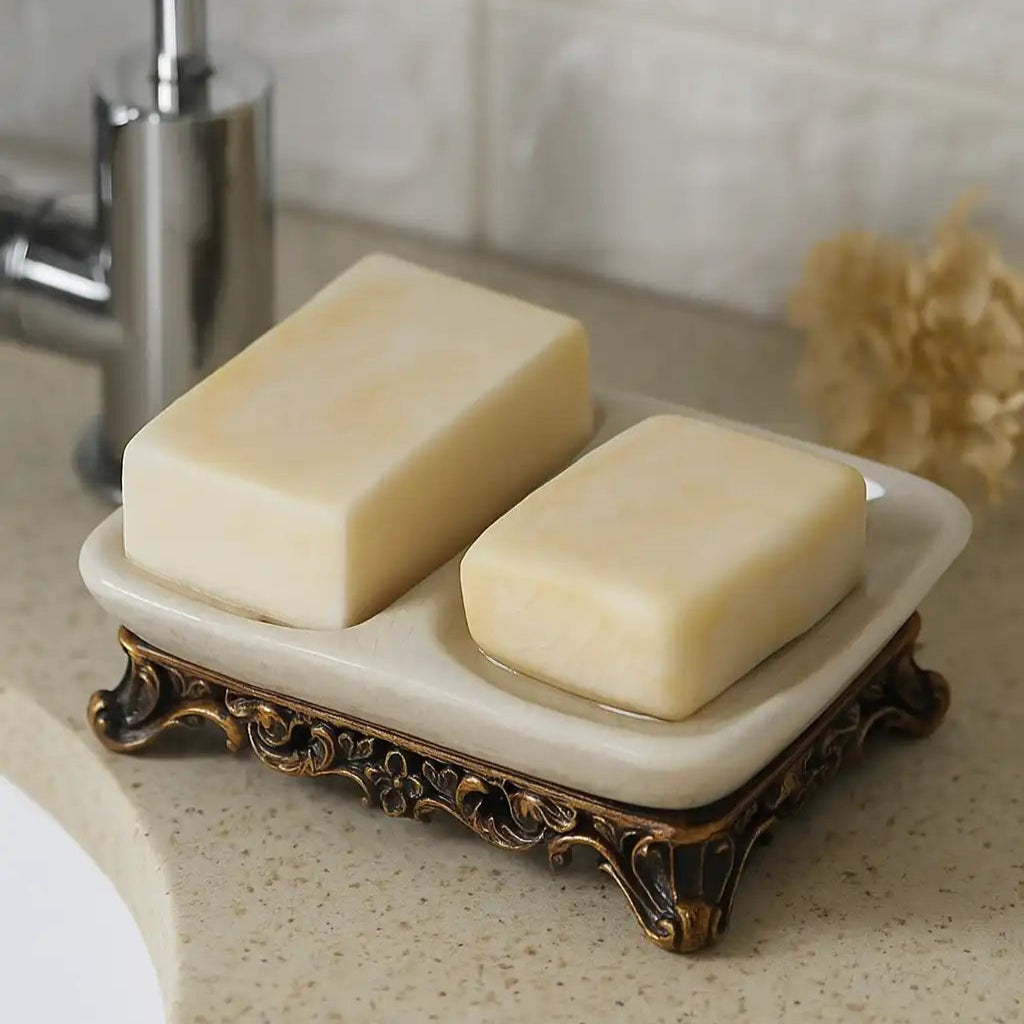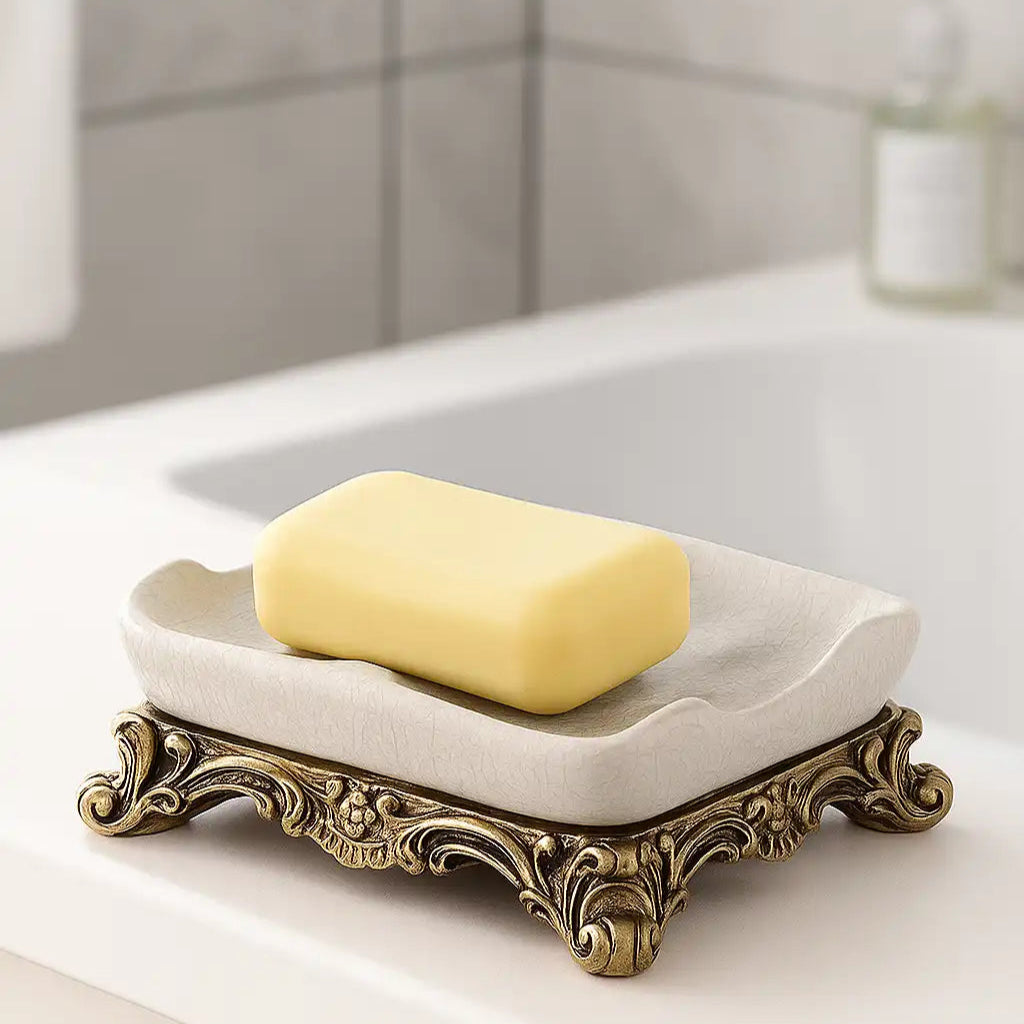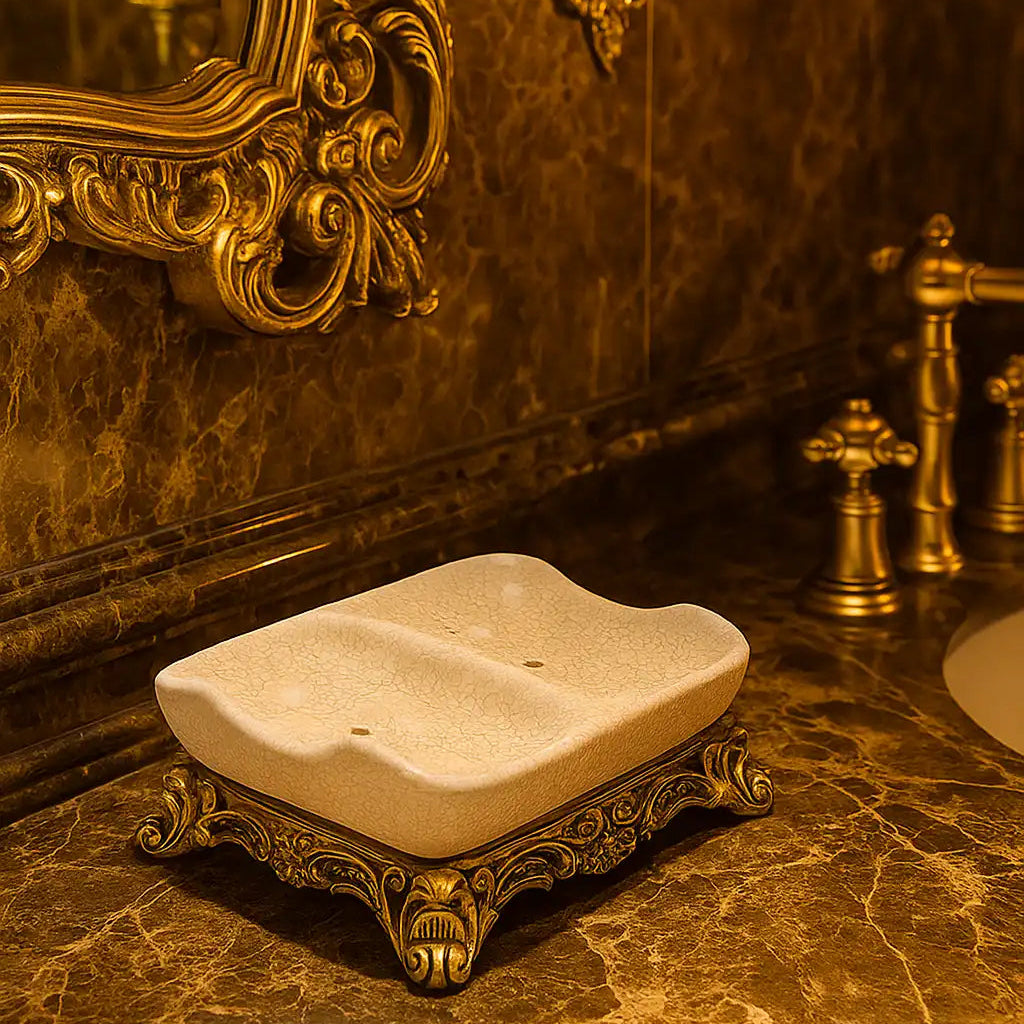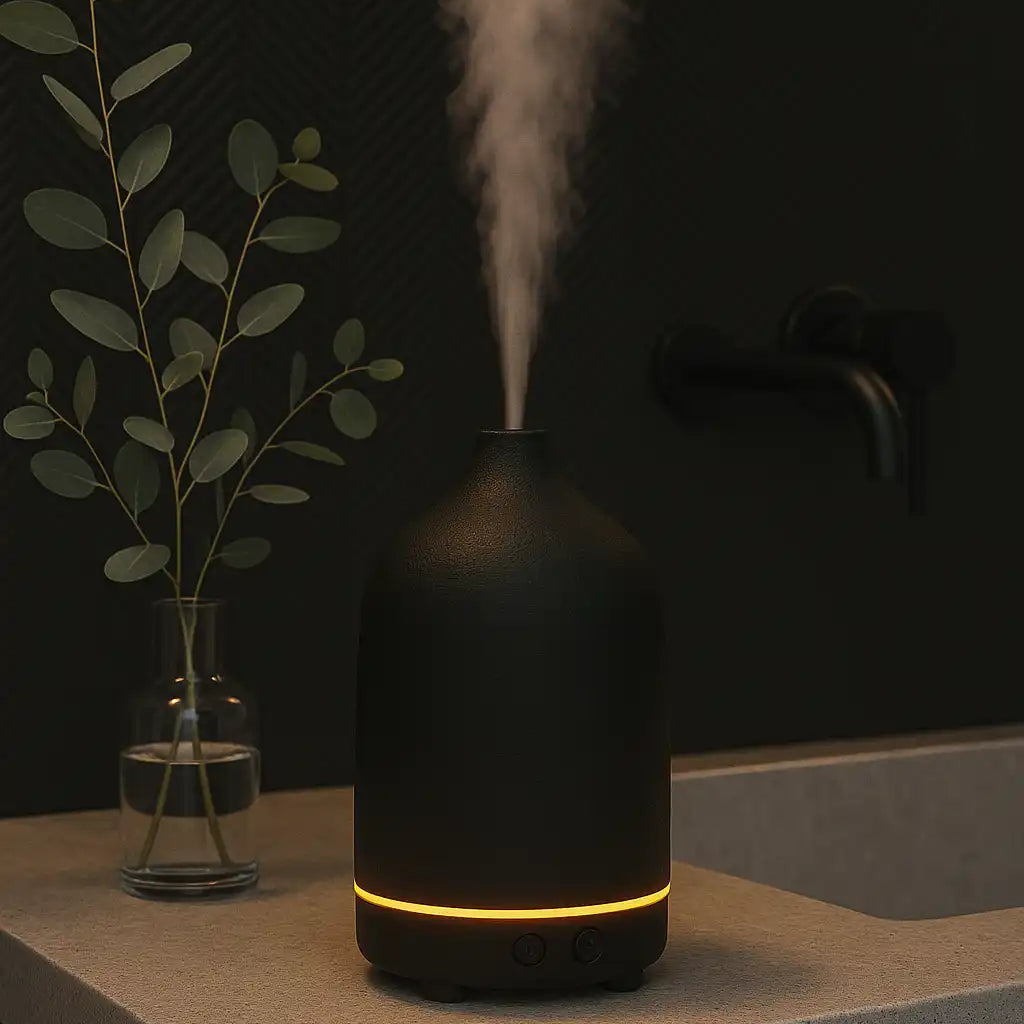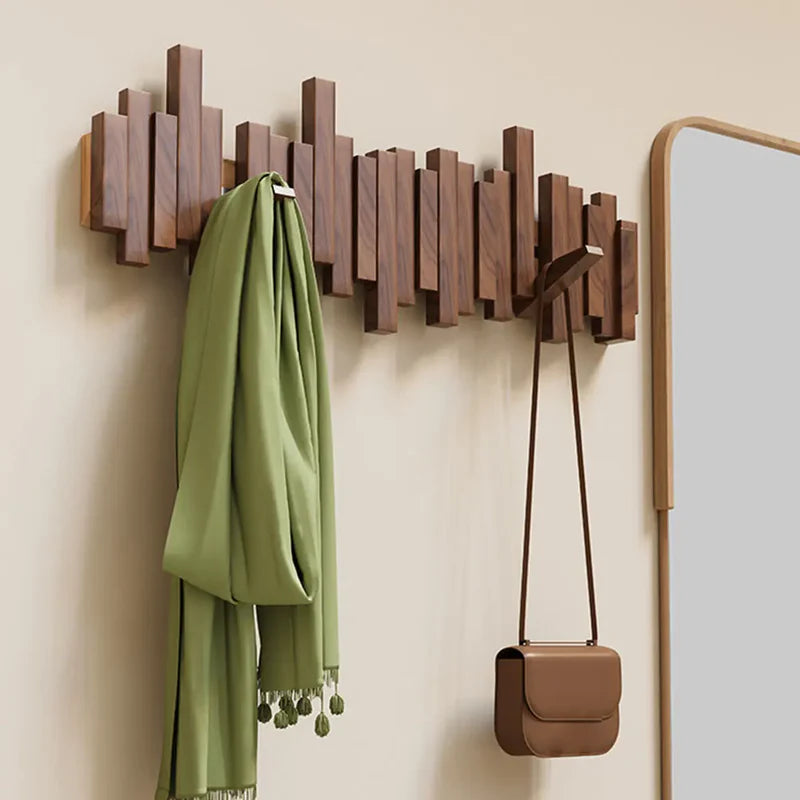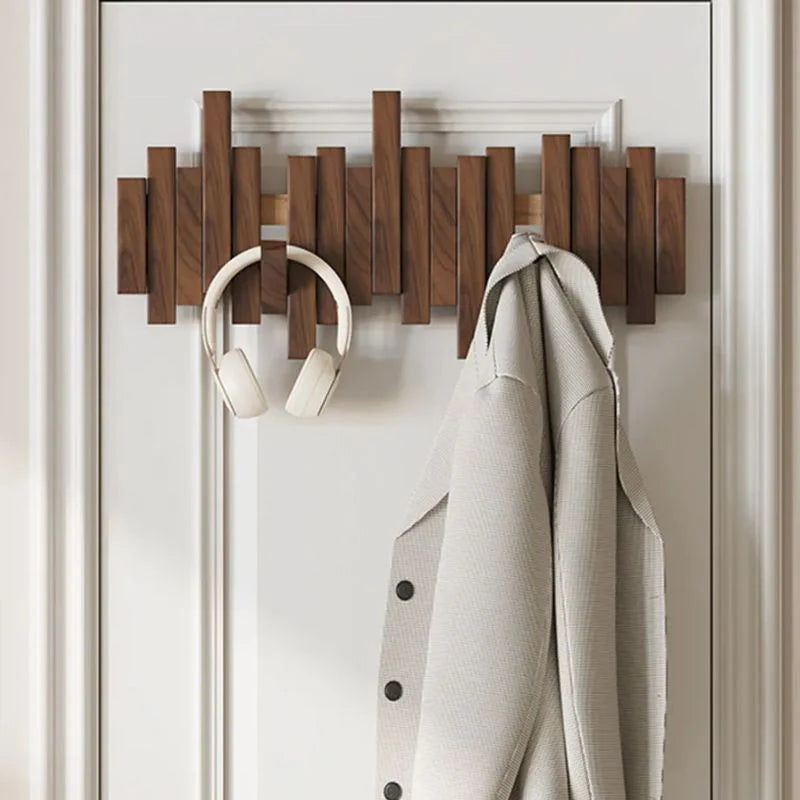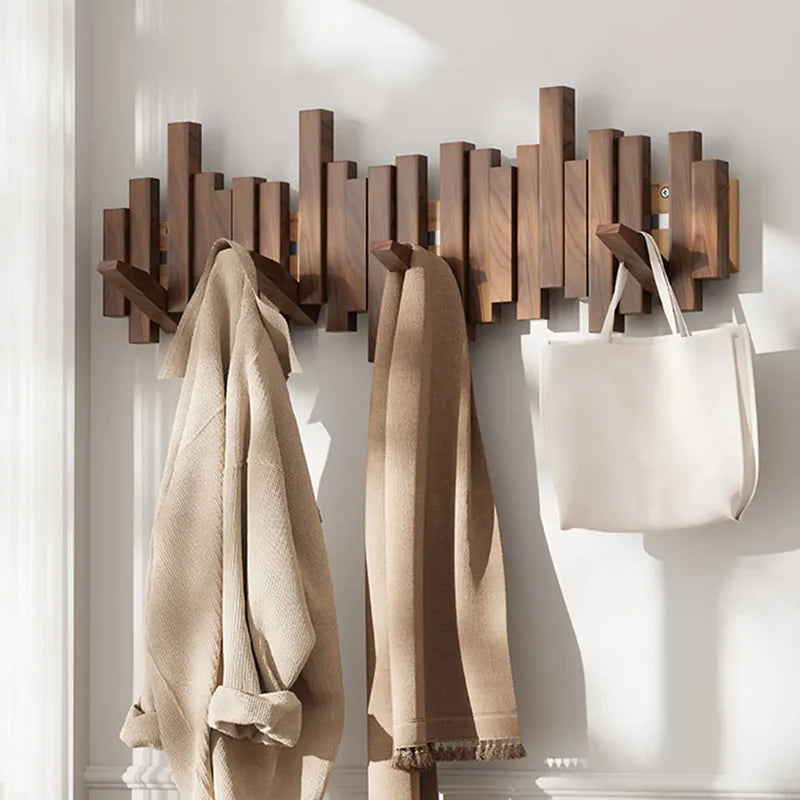Table of Contents:
- The Growing Trend of Shower Plants
- Benefits of Having Plants in Your Bathroom
- Understanding Bathroom Conditions
- Best Shower Plants for Every Bathroom Type
- Design Tips: Styling with Shower Plants
- Seasonal Care Tips for Shower Plants
- Conclusion: Naturally Inspired Living
- FAQ: Expert Answers About Shower Plants
- More Articles About Bathroom Ideas
The trend toward biophilic design—design that organically pulls humans closer to materials, light, and greenery, has dominated the conversation around interior design for the last few years. Now this trend has also found its way to the bathroom, with shower plants becoming a staple in modern remodels. According to home décor studies, searches for indoor plant styling have risen by more than 30% since 2020, and “bathroom plants” remains one of the most popular Pinterest categories for home inspiration.
Bathrooms, surprisingly, provide a microclimate ideal for certain plants. The combination of humidity from showers, stable warmth, and limited but consistent light makes it a safe haven for moisture-loving species like ferns and orchids. In essence, the same environment that refreshes you every morning can also nurture a living, breathing green accent—one that quietly transforms the atmosphere every time you step inside.
This guide explores this growing trend of incorporating plants into bathroom design. You’ll learn why these natural companions are worth considering, how to choose the right species for your bathroom’s light conditions, and ways to style them beautifully while keeping maintenance easy.

Benefits of Having Plants in Your Bathroom
1. Aesthetic Enhancement
Adding greenery is one of the most effective ways to soften the hard surfaces commonly found in bathrooms—tiles, mirrors, and glass. The addition of plants provides organic textures and colors, breaking the visual monotony while also adding some spatial depth. A hanging fern in a white-tiled corner or a potted snake plant beside the sink instantly brings a sense of calm sophistication.
2. Mental and Emotional Wellness
Studies show that exposure to nature, even indoors, lowers stress levels and promotes relaxation. Shower plants play into this psychological benefit by infusing your daily routines with tranquility. A few minutes under the shower surrounded by living greenery can evoke the feeling of bathing in a rainforest—an experience proven to elevate mood and mental clarity.
3. Air Quality and Balance
Many houseplants absorb toxins and regulate humidity levels. This natural filtration can help neutralize odors and even reduce mold growth in damp areas. Although shower plants are not a substitute for ventilation, they can be combined to enhance the freshness and purity of the indoor climate that every shower provides, which is particularly helpful when it comes to small urban bathrooms.

Understanding Bathroom Conditions
Before choosing your plants, it’s essential to understand the microenvironment of your bathroom. Bathrooms typically offer:
-
High Humidity: Constant moisture from showers and sinks.
-
Variable Temperatures: Fluctuations depending on shower use and ventilation.
-
Limited Natural Light: Especially in interior bathrooms or those with small windows.
Bright Bathrooms
If your bathroom has a window or skylight, it’s considered a bright environment. Here, you can experiment with a wider variety of plants, including tropical species that enjoy filtered sunlight.
Low-Light Bathrooms
In windowless or shaded bathrooms, the plant selection must be more deliberate. Focus on shade-tolerant species that can survive with artificial lighting or minimal natural light.
Best Shower Plants for Every Bathroom Type
Bathrooms are unique microclimates, some bask in bright morning light, while others remain shaded and humid most of the time. Choosing the right shower plants means matching species to these lighting and moisture conditions. We rounded up six top-rated models, separated by bathroom type, each evaluated across key aspects of care and appeal.
For Bright Bathrooms

Boston Fern (Nephrolepis exaltata)
Boston Ferns thrive in warm, steamy bathrooms with good indirect sunlight. Their arching fronds and lush texture instantly soften hard bathroom lines, bringing a spa-like atmosphere. They also help balance moisture and remove airborne pollutants.

Orchid (Phalaenopsis)
The orchid’s sculptural blooms make it a statement piece for any vanity or window ledge. It enjoys humidity but needs gentle airflow and filtered light. Perfect for bright bathrooms with windows facing east or north, orchids add a sense of quiet luxury.

Spider Plant (Chlorophytum comosum)
A resilient classic among *shower plants*, the spider plant adapts to nearly any bright, humid space. It produces cascading leaves and tiny offshoots, ideal for hanging pots or high shelves. Excellent for beginners and frequent travelers.
For Low-Light Bathrooms

Pothos (Epipremnum aureum)
If your bathroom lacks natural light, Pothos is your best ally. Its glossy, heart-shaped leaves can survive even under fluorescent lighting. It cascades beautifully from shelves or shower caddies, making the space feel lush without needing constant attention.

Peace Lily (Spathiphyllum)
The Peace Lily thrives in dim corners, offering glossy leaves and elegant white blooms that brighten up small bathrooms. It’s particularly effective at removing toxins and balancing humidity, giving your space a serene, fresh-air vibe.

Snake Plant (Sansevieria trifasciata)
Known for its tall, upright leaves and striking patterns, the Snake Plant is a design favorite. It tolerates neglect, low light, and humidity with ease—perfect for minimalist or modern bathrooms. Plus, it actively converts CO₂ into oxygen even at night.
Expert Insight
When selecting shower plants, balance is key. Bright-bathroom species like orchids and ferns demand attention but reward you with vivid textures and blooms. Low-light favorites like pothos or snake plants offer effortless greenery that thrives on routine humidity.
Consider mixing one plant from each category if your bathroom receives mixed light—such as a fern near the window and a snake plant by the sink. This contrast in shapes and textures builds visual interest while ensuring each plant lives comfortably in its chosen microclimate.
Design Tips: Styling with Shower Plants
The beauty of shower plants lies not only in the plants themselves but in how they’re displayed. Here are some expert styling strategies to create a cohesive look:
-
Play with Levels: Combine floor pots, floating shelves, and hanging planters to create a layered effect. Vertical placement draws the eye upward, making compact bathrooms feel taller and more open.
-
Match Materials: Use ceramic or stone pots for a minimalist look, or bamboo and woven baskets for an organic spa feel. Consistency in texture helps unify the overall design.
-
Frame the Mirror: A pair of trailing vines on each side of your bathroom mirror softens hard edges and enhances balance.
-
Integrate with Fixtures: Position plants near metallic accessories or glass panels for a modern contrast between natural and industrial elements.
TIPS: less is often more. Two or three thoughtfully placed plants can have a stronger impact than overcrowding the space. Design harmony should come before quantity.

Seasonal Care Tips for Shower Plants
Though bathrooms tend to have fairly consistent humidity throughout the year, there is seasonal variation that can impact plant wellbeing:
-
Winter: As the temperatures drop, the plants growth slows down, so less frequent watering is required.
-
Summer: Avoid fungi & rot with more air circulation, especially for potted plants resting on wet surfaces.
-
Spring & Fall: If you use tap water, check the mineral deposition and change the soil every 6 months
Regular trimming of yellowed leaves and rotating plants toward the light source keeps them healthy and symmetrical. If natural light is insufficient, consider adding a small LED grow light near your shower or vanity area—modern versions blend seamlessly into bathroom aesthetics.

Conclusion: Naturally Inspired Living
Shower plants redefine the bathroom experience—merging design, wellness, and sustainability into one refreshing package. They bring visual warmth to sterile spaces, purify the air, and offer subtle daily moments of connection with nature. Whether you have a sunlit master bath or a cozy half-bath with limited light, the right choice of greenery can completely transform the atmosphere.
Start small: one fern by the window, or a trailing pothos above your tub. Soon, you’ll notice how much more peaceful and personal your bathroom feels—a true natural oasis inside your home.
Q1. Can all houseplants survive in the bathroom?
Q2. How often should I water shower plants?
Q3. What are the easiest plants to start with?
Q4. Do shower plants help control humidity or mold?
Q5. How can I design a plant-friendly bathroom layout?
Mixing Metals in the Bathroom: A Guide to Stylishly Combining Different Finishes
From Bathrooms to Balconies: Creative Uses for Floating Glass Shelves
Bathroom Bench Ideas: Stylish and Practical Options for Every Home
How to Customize Mirrors: A Complete Guide to Creating Personalized Designs for Your Home


